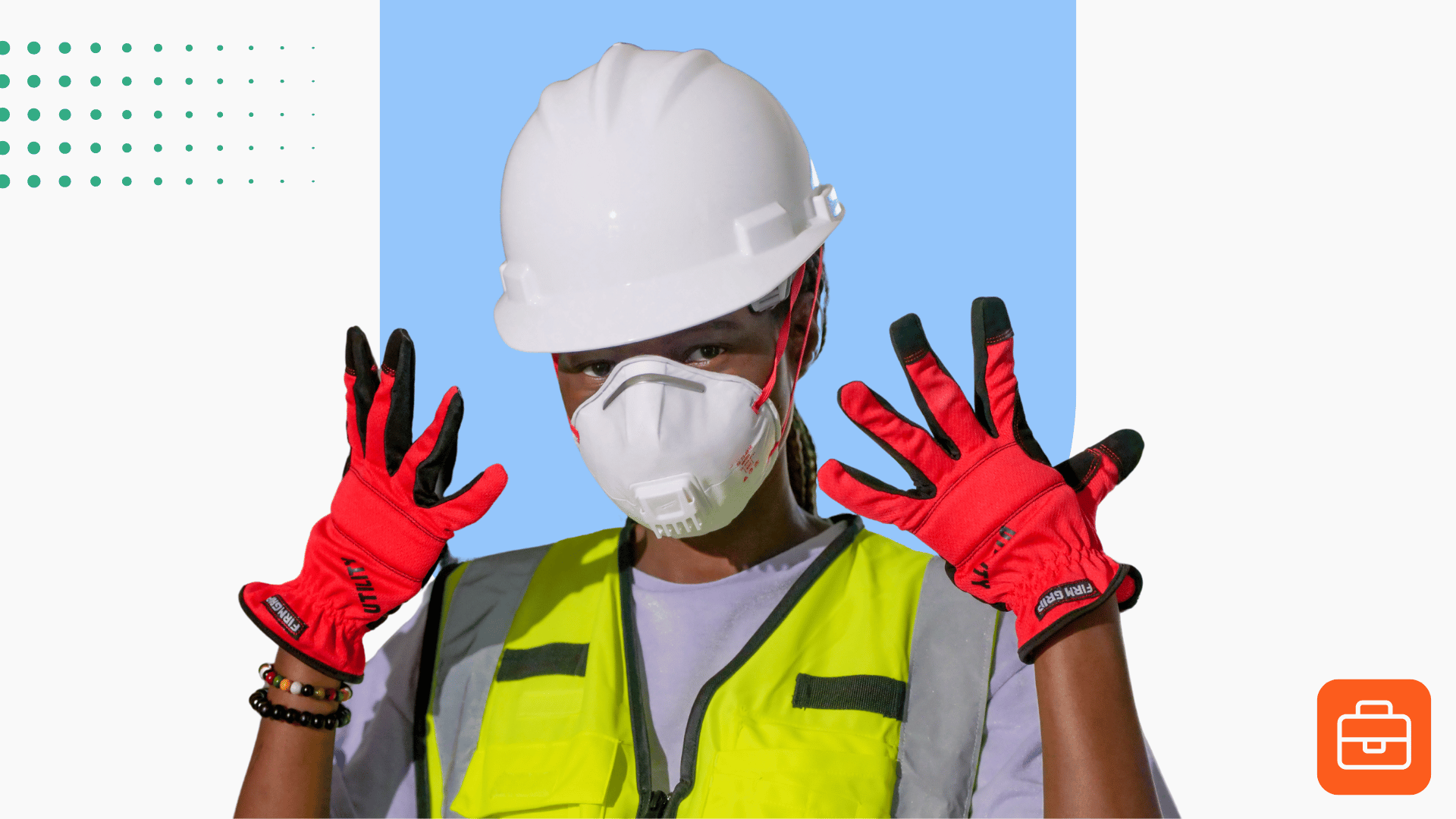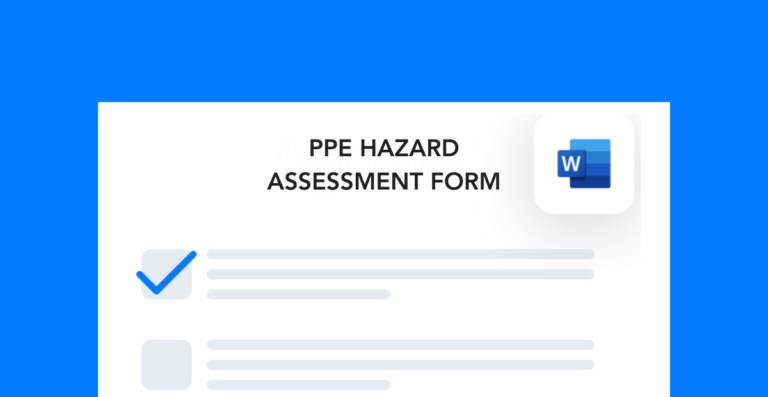When evaluating a PPE supplier, there are two main characteristics you want to look for: the quality of the products and the vendor relationship. Finding a supplier that offers great products is just part of the puzzle. Take your PPE program to the next level by considering how the vendor can help improve your site’s EHS performance.
Fit and function
When evaluating different PPE suppliers, you want to look at the fit and function of the equipment they provide. Having the correct fit is essential for the PPE to effectively prevent injuries. In fact, ill-fitting gear can actually increase safety risks for your team.
When looking at fit and function consider the following:
- Does the PPE fit properly for both male and female employees?
- Does the PPE move well with the body to allow for maximum range of motion?
- Is the PPE functional for the specific tasks your workers do?
- Are there any fixtures (straps, buckles, etc.) that limit the PPE’s effectiveness?
- What kind of size range does the PPE supplier offer?
- Does the PPE supplier offer women-specific options?
- Is the gear light enough for employees to move around as needed?
In my experience, at some point or another, you’ll need a wide size range and options for both men and women. Pick a supplier that you can grow with over time.
Construction and materiality
Another major factor to evaluate is the construction and materiality of the PPE. Investing in quality equipment that lasts for years is better than constantly replacing cheap options. You’ll save more money in the long run, plus your EHS team won’t have to do so much vendor management either.
For construction and materiality ask these questions:
- Is the material sturdy and durable?
- What is the average or expected lifespan of the product?
- Does the PPE supplier have a repair or replacement policy?
- How well-made is the equipment (look at things like stitching, components, etc.)?
If you think that higher quality PPE is automatically more expensive, then you haven’t done enough research. There are plenty of PPE suppliers who make excellent products that are more mid-range in price.
The best practice here is to get your hands on samples, feel the material, apply some pressure to it and see how it holds up. Doing this up front prevents you from getting stuck in a contract with a vendor you dislike or from constantly needing to replace the equipment.
Ratings and certifications
You also want to consider how a PPE supplier certifies their products. Do they test internally or have a third-party certification? Does their PPE have the proper ratings for compliance?
Here are some of the major regulators that oversee PPE compliance:
- American National Standards Institute (ANSI)
- National Institute for Occupational Safety and Health (NIOSH)
- National Fire Protection Association (NFPA)
One of the biggest risks of buying PPE without evaluating the supplier is that the equipment might not actually meet regulatory requirements. Make sure the gear meets specifications and will protect your employees before you sign a contract.
Other PPE supplier considerations
Aside from the equipment itself, you should also think about who you’re getting it from. This is especially true if you plan to grow and expand your operations. Being able to maintain a strong supplier relationship can save you the headache of constantly shopping for new options.
Here are some of the things you should evaluate about a PPE supplier:
- What kind of customer support do they provide?
- What is their shipping and returns process?
- How often do they come out with new products?
- What is their policy for changing contract terms?
- Do they welcome feedback on the PPE?
The best PPE suppliers I’ve ever worked with had a genuine interest in improving their products and policies. Don’t underestimate the impact that your vendor relationship can have on your site’s PPE program. Once you’ve found a vendor you like, whose equipment works well for your operations, do your best to cultivate a good partnership with them.
Other posts you might like…
No posts

